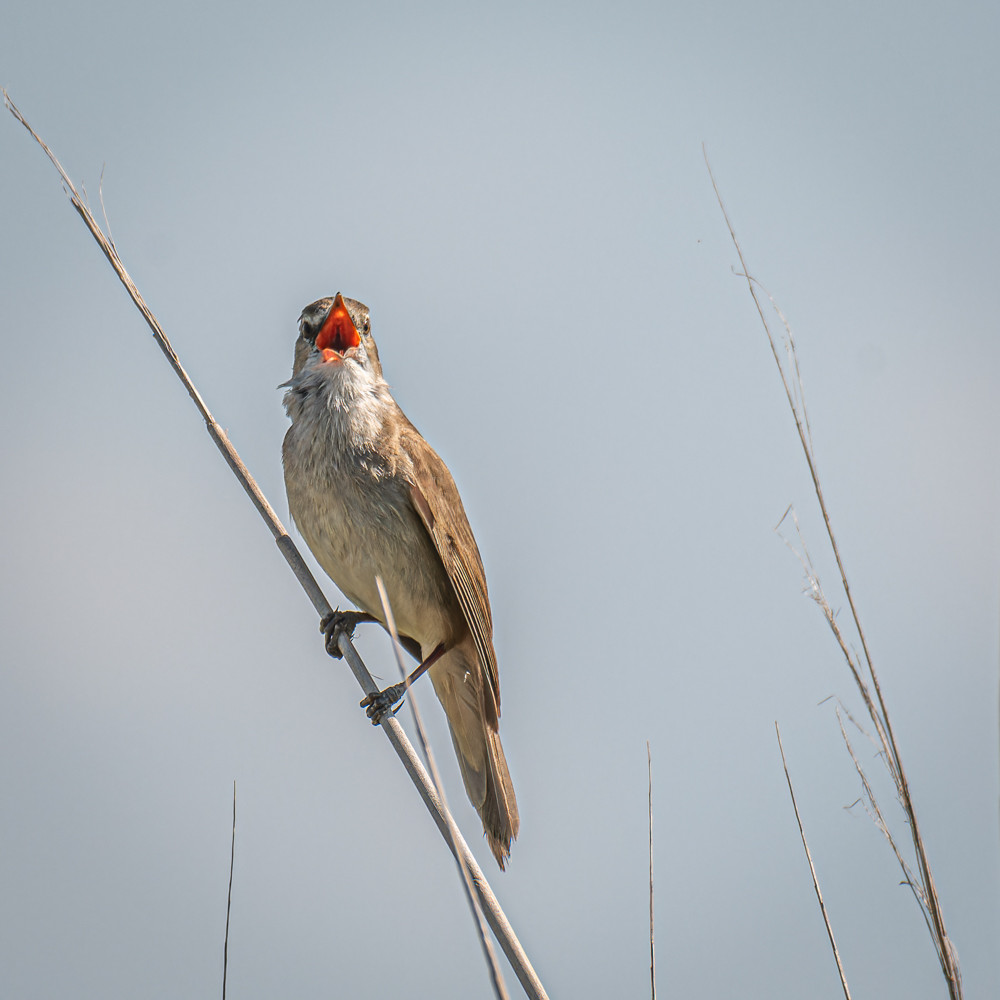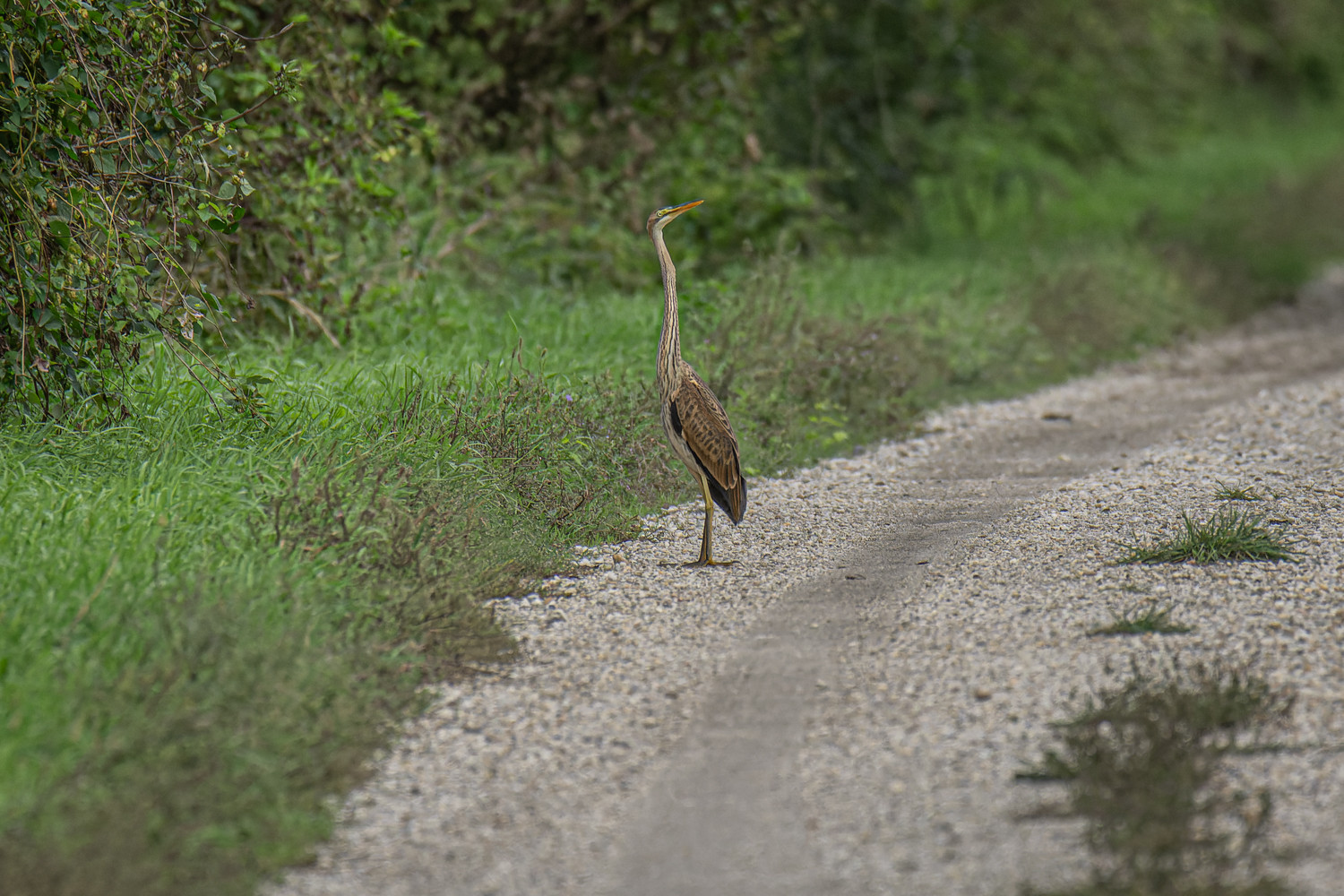Description
Hungarian Hanság: Esterházy bird observatory, Király-tó and Osli-Hany. The Király-tó und Osli-Hany areas are part of a formerly huge alder carr forest, which only remains today in small patches. Nevertheless, in early spring Black Woodpecker, Great Spotted Woodpecker, Syrian Woodpecker, Eurasian Green Woodpecker, and Lesser Spotted Woodpecker can all be heard in one day, as can – a little later in the year – a remarkable number of River Warbler. Look out for Tree Pipit at the forest edges. Aside from the forests, wet and marshy meadows, smaller and larger inundation zones, reed beds, tall-sedge beds, channels, and sand hills, the area also boasts vast pasture areas grazed by Hungarian Grey cattle and water buffalo and is inhabited by Short-eared Owl, Corn Crake, Western Yellow Wagtail, European Stonechat, Red-backed Shrike, and Corn Bunting. It pays to check the mighty solitary trees in the pasture areas for White-tailed Eagle and Imperial Eagle.
Details
Access
The area is quite remote and, although it can be reached by bus to Földsziget, a car or bicycle is recommended. From the bridge at Andau the area can be reached quite quickly by bicycle.
About 500 m west of Földsziget, a sign directs to “Esterházy Madárvárta”, the Esterházy bird observatory, which is reached after almost a kilometre. If one has enough time, it is worth leaving the car here and exploring the area on foot or by bicycle. The first forest birds can be discovered on the long, straight path through the commercially exploited mixed alder forest. Mistle Thrush, Eurasian Bullfinch, and especially Eurasian Siskin are quite common here in winter – though the latter does not breed in the area. A sign at the end of the straight path provides information about the Csíkos-éger, an 80 hectare-large natural remnant of the original alder forest. One is not allowed to enter this inundated forest, named after the weatherfish that used to be common here. Nevertheless, the trees with their seemingly primeval supportive roots will leave a lasting impression, even seen from the path.
The gravel road continues through various forest types until it reaches a bridge across the Rábca (Rabnitz in German) and a forester’s lodge, which is also the last possible place to park. Before crossing the Rábca, a path behind the lodge leads around 800 m to an observation tower in the Osli-Hany, on an ancient sand hill. European Bee-eater breed in a man-made scarp nearby, and the tower is a good place to observe their breeding activity and foraging flights over the adjacent pastures. Aside from the many meadow birds, the wet dips and channels and the large surface of water in the south of the area also harbour a variety of waterbirds such as Pygmy Cormorant, Eurasian Spoonbill, Purple Heron, and Little Egret. After crossing the Rábca, the vast pasture area to the north-east offers great potential for observing interesting meadow birds and raptors. Black Stork can also be seen here regularly (at least in flight). A few metres after crossing the little canal, there is a cross-roads with five options. The path to the north-west leads to the Einser-Kanal and the bridge at Andau, while the path to the south-west, along the forest edge, leads to the Király-tó nature trail, which begins after a compost deposit site. The “royal” alder forest (Király-éger) is worthy of its name and is home to Lesser Spotted Woodpecker, Eurasian Green Woodpecker, Black Woodpecker, Short-toed Treecreeper, Eurasian Treecreeper, Spotted Flycatcher and Icterine Warbler. Eurasian Siskin is also seen here regularly in winter. Once the forest thins a little and merges into willow bushland mixed with reeds, the abundance of waterbirds will start to increase. The remote location and marshy landscape are an apt setting for the confirmed story of the famous “Waasensteffel”, who was supposedly found in this very area. The observation tower at the Király-tó is the end of the nature trail and the route.
Terrain and Habitat
Forest , Wetland , Grassland , Steppe , Moors/heathland , Plain , ReedbedsConditions
Flat , Open landscapeCircular trail
NoIs a telescope useful?
Can be usefulGood birding season
All year roundBest time to visit
SummerRoute
Paved road , Unpaved roadDifficulty walking trail
EasyAccessible by
Foot , Bicycle , CarBirdwatching hide / platform
YesExtra info
In March of 1749, according to the legend, the Waasensteffel was picked up in the Király-tó area by fishermen from Kapu- vár, who handed him over to the prince in exchange for a re- ward. This water figure was approximately ten years old, had webbed fingers, long nails, and couldn’t speak. The boy, later baptised as “Hany István” (there is actually a Latin record of this in an old register of the Kapuvár parish), was taught to perform simple tasks (such as carrying water) and took a long time to become accustomed to wearing trousers and a shirt. His preferred food consisted of grass, roots, snails, and other water animals. He would often jump fully clothed into the palace pond to catch frogs and eat them on the spot. A good year later came the wedding day of the caretaker’s daughter, with whom the Waasensteffel had become friends. As a well-meant present, he emptied a basket of live frogs, lizards, and slowworms over the banquet table. Startled by the commotion he had triggered among the wedding guests, he jumped into the park pond, fled across the moat into the water wilderness of the “Waasen”, and was never seen again.






